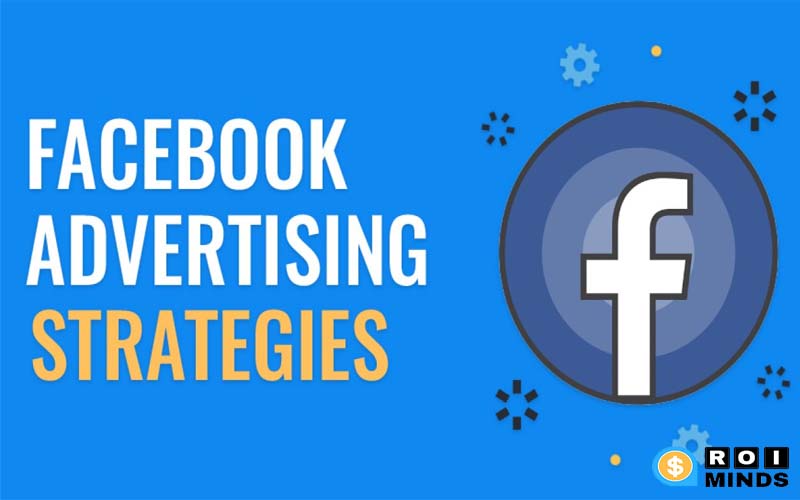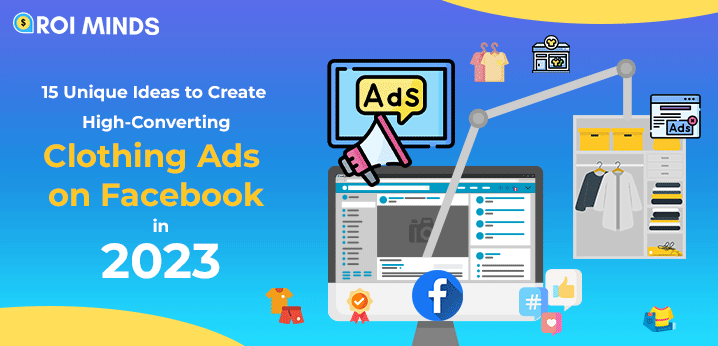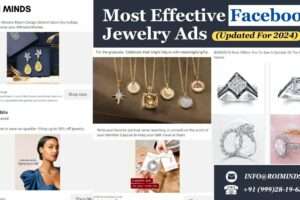Facebook marketing is not easy marketing, especially for e-commerce but it is worth the investment.
Facebook has over approximately 1.5 billion daily active users, so to productively reach an ideal customer you should have proper pre-planned strategies to pitch them.
If you run a Facebook campaign for eCommerce without any preparation, the campaigns will not generate more sales and you may face a heavy loss. To run a profitable campaign on Facebook it’s necessary to keep updated with the latest eCommerce strategies.
Let’s discuss some rocking strategies which we are usually using in e-commerce ads.
1. Take advantage of Dynamic Product Ads
Many e-commerce marketers prefer dynamic product ads to acquire high ROI.
If you have a large number of products on your eCommerce store you should definitely go for dynamic product ads. With these kinds of ads, you don’t have to make the ad for each product in the sales catalog.
The template of dynamic product ads will automatically fetch the product title/name, product price, product description, and other relevant information.
With dynamic product ads you can advertise single or multiple products on Facebook to users with there engaged behavior like who visited your store, do add to cart, checkout, or even purchase(for upselling).
2. Use Multi-Products Advertisement
As the name suggests, this kind of ad will help you to advertise multiple products in a single time.
These kinds of ads allow the user to select the product according to his wish.
Here the chances of a conversion rate increase because the user is viewing multiple products at a time and spending little more time as compared to static image ad.
Multi-product ads are more productive than standard image ads.
According to a study, after using multi-products, some companies acquire up to 300% increases in their CTR(Click Through Rate).
According to Adobe:
- The CTR hikes from 50% to 300% after using multi-products ads.
- The CPC(Cost Per Click) drops up to 35% just because the users are engaging more with multi-product ads.
- Got CPA(Cost per Acquisition) under a defined amount even less than that.
3. Do run retargeting campaigns
You have mostly seen that many people visit the mall and end up doing window-shopping.
The question arises – why they left without shopping? Maybe they didn’t like the quality of the product or were looking for some best offers.
The same scenario also arises in the eCommerce store. Users visit your eCommerce website, ATC(Add to Cart) and leave the website with completing the shopping.
Why did we lose those users who did ATC? Think about the possibility if we convert all of them into customers Or even if we do 50% -75% of them.
Here, you should run a retargeting campaign to knock their door again. These kinds of customers need a little push with an exciting offer.
Now retargeting can be done in funnels:
(i) MoFu(Middle of the Funnel):
As you already have a good social engagement by running the ad long you can retarget the following audience:
- FB engagers past 30 Days
- Instagram Engaers past 30 Days
Keep educating these two audiences with video testimonials, why they really need this and with a discount.
(ii)BoFu(Bottom of the Funnel):
In this funnel, again you have to make the custom audience the same as we did in MoFu.
But the difference is that, here, you have to make a custom audience who did ATC and IC in the past 7 days.
These users are very important as they have recently done activity. These users need a little push with discount offers to convert into customers.
4.Run Post-Engagement Campaign
What should I personally use in my client’s campaign that I maximum times run a post-engagement campaign to support the conversion campaigns. This increases the social engagement of the conversion ads and wins the trust of the users that there is something special in this ad because it has many likes, comments and share. The heavy social engagement mostly compelled the user to click on the ad at least once.
Let understand this above strategy with an example:
Suppose you are running a conversion ad for the T-Shirt. Now you set up a post-engagement campaign as per you per targeting and create the ad of the existed ad of the T-Shirt of a conversion campaign. This is done by copy the post id of the original ad.
In the post-engagement campaign, the Facebook algorithm focuses to increase the engagement in the form of likes, comments and shares. This social engagement automatically refects in the original T-Shirt ad of a conversion campaign.
5. Use Lookalike Audience(LLA)
You can create a new audience by the past behavior of the users. Facebook research the most relevant users who will more likely to engage with your ad. To make the Lookalike audience first you have to create the custom audience, then you will able to make the LLA. Try to use 0-1% of LLA more because it is more related to the custom audience. You can also make the lookalike of your Facebook page fans.
I always use lookalike audiences in my client’s campaigns which mostly return high conversion rates.
Conclusion:
There are also more strategies for the Facebook ads because every niche has a different scenario but these are basic strategies that most digital marketers apply in their ad campaigns. The more Facebook ads you will do, the more you learn to make the strategies. By concluding it all about the experience.





